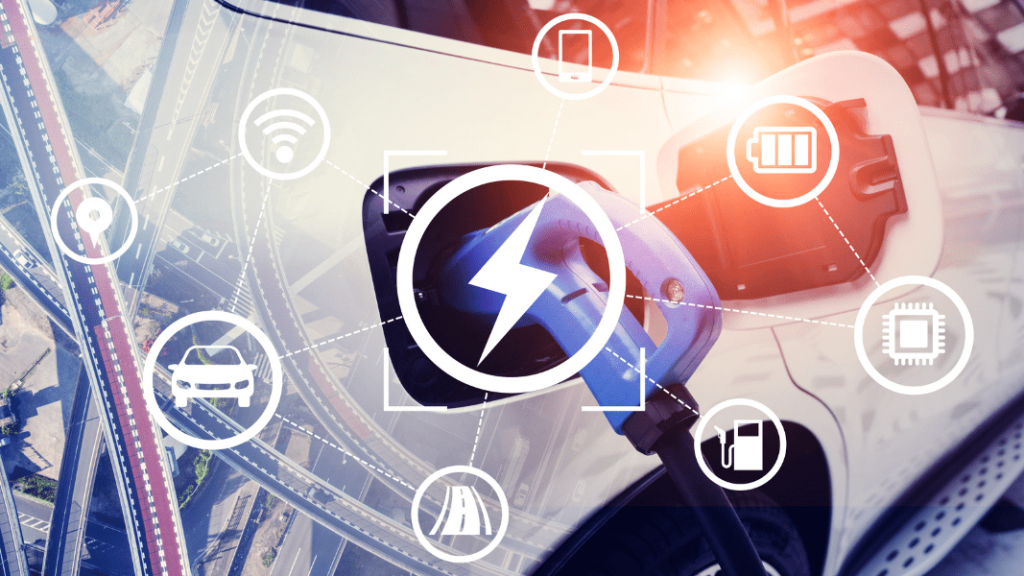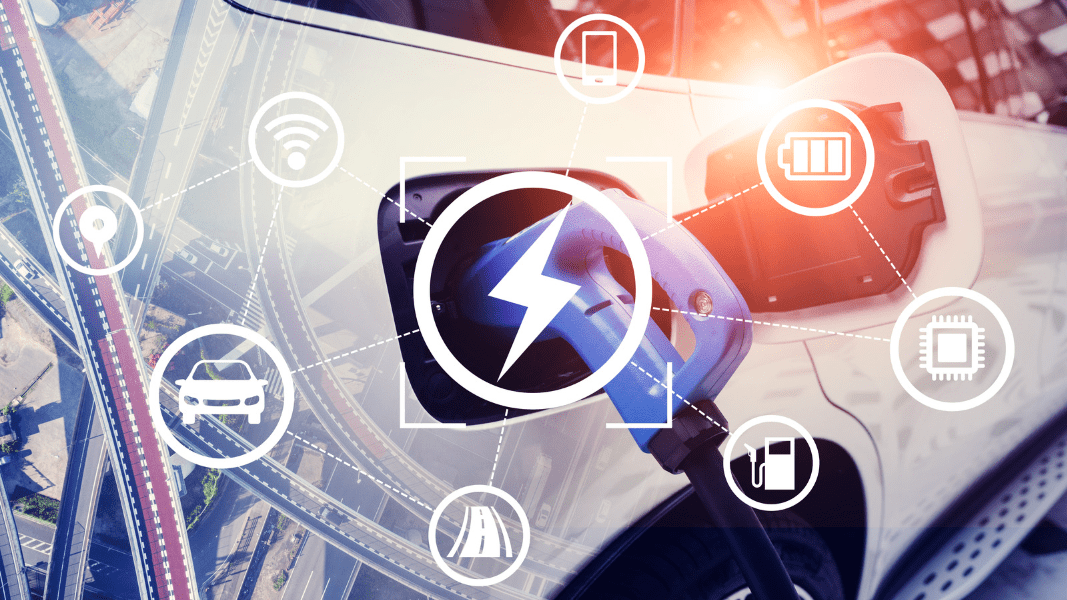About this Training:
The class includes three, 3-hour modules, with varying levels of subject matter. The first module, Transportation Electrification: B-A-S-I-C-S, provides students with an introduction to electric vehicles (EVs), electric vehicle charging equipment (EVCE), and background information on emissions, EVCE infrastructure, and funding opportunities in New York. The second module, EVCE Feasibility, students review the world of parking, understand what to look for when developing an EVCE project, what to find out when conducting a site feasibility, and why electrical capacity matters so much for EVCE projects. Finally, the third module, Installation and Managed Charging, reviews all of the different aspects involved with an EVCE installation, including siting, hardware, software, construction, as well as technical information on different types of lithium-ion battery chemistries.
Training Objectives:
- Brief background on the history of transportation, how we evolved to the internal combustion engine (ICE) vehicle, what is transportation electrification, and how transportation improvements continually create more accessible, faster, and cleaner ways to go places.
- Breakdown of the internal components of EV + ICE vehicles, highlighting the ‘well-to-wheel’ efficiency of EVs and how inefficient ICE vehicles are, introducing the concept of emissions and climate change, and showing the efficiencies of fossil fuel power plants versus renewable energy production.
- Provide an introduction to what are greenhouse gas (GHG) emissions, how they can negatively impact the people and planet, and how disadvantaged communities are often more negatively impacted than other areas.
- Introduce climate policy in the United States and New York, identifying the State targets for GHG emission reduction, renewable energy production, EV Charging Station installation targets, EV registration targets, energy storage goals, and the years these are to be completed.
- Describe the basics of electricity, how it works, and electrical safety that teaches students to not work with electrical systems unless you are a trained professional, who knows what you are doing, and have the appropriate personal protective equipment (PPE).
- Review the different levels of charging, where you can typically find these types of charging stations, how much power they produce, what types of connectors are available, how quickly each charging station can charge an EV, and an introduction to kilowatts, kilowatt hours, and cost per kilowatt hour.
Get started below!









